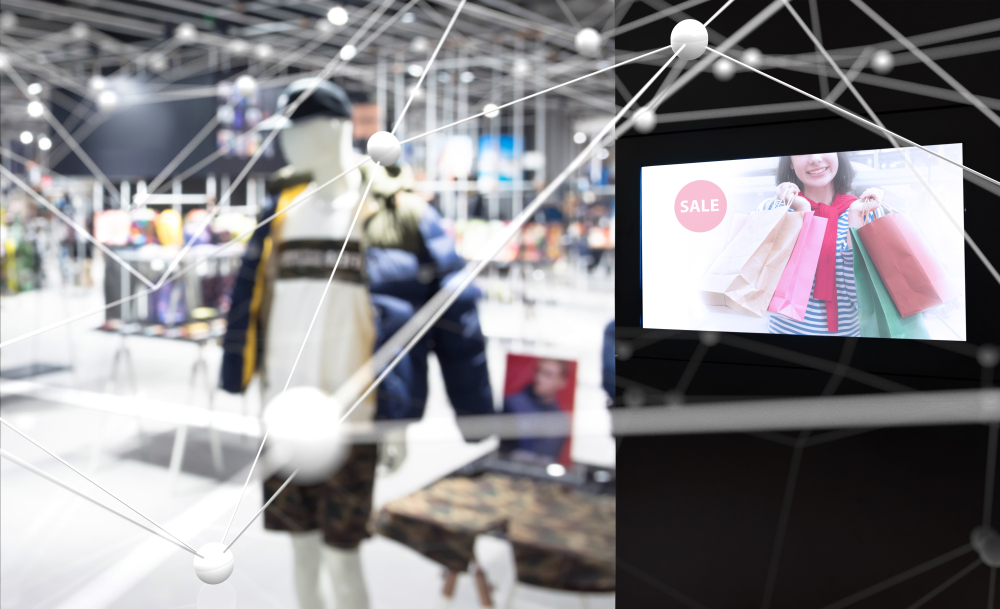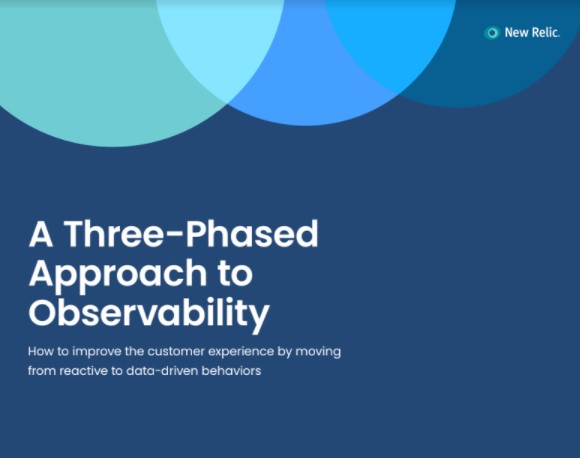How the Internet of Things can transform customer experiences
From preventative maintenance on white goods to smart mirrors in clothes stores, the IoT is ready to change customer relationships

If there's one phrase that plays a fundamental role in the business world, it's that "the customer is always right". While it might seem like a cliché, it’s just as relevant now as it was when it was coined in 1909 by Harry Gordon Selfridge to stress the importance of giving customers a good service and good products.
It’s vital that any modern-day business prioritises customer experience and satisfaction. Not only might you lose valued customers if they are unhappy with the service you provide, but in today’s interconnected world, bad reviews can damage the reputation of your organisation and prevent new customers from choosing you. Nowadays, very few businesses have a monopoly in their industry, so there’s almost always a competitor that unsatisfied customers or unconvinced potential customers can go to.
While good deals for new customers, loyalty schemes, and staff training in customer service can go a long way to enhance your offering, it’s simply no longer enough. To really thrive, businesses must use all of the tools at their disposal to create a memorable and personal customer experience. And as we move ever-more firmly into the digital age, technology plays an important role in this.
The savviest and most sophisticated retailers are now enabling customers to convert on any channel, combining physical stores, online, mobile and social into a seamless brand experience. This means identifying how your customers behave and prefer to shop, taking into account important factors such as new technologies and increased digital-literacy as a result of the pandemic – even older customers who were wedded to the instore experience may now be shopping more online.
The Internet of Things (IoT) can be a valuable tool, and is only set to expand in value with the rollout of 5G, which will enable a far more sophisticated and widespread world of interconnected devices. From augmented reality to big data, here’s how IoT is transforming customer experiences.
Addressing customer problems
Having an effective customer service operation is crucial if you want to survive in the business world. If customers have a problem and can't get an answer fast, they'll end up unhappy, and that could put your firm's reputation at risk. Luckily, connected technology could change the cards here.
Adam Wilkinson, head of technology at customer relationship management firm Experience Assist, believes that the Internet of Things has the potential to revolutionise the customer service process. Currently, if a customer has a problem, they'll have to contact the company online or over the phone. But this is time-consuming for both the company and customer. Wilkinson says technology could be used to identify problems and address them effectively.
Get the ITPro daily newsletter
Sign up today and you will receive a free copy of our Future Focus 2025 report - the leading guidance on AI, cybersecurity and other IT challenges as per 700+ senior executives
"The dramatic expansion of the Internet of Things has the potential to transform the way we deliver customer service. Customer relationship management providers should be considering how connected devices might give them the opportunity to enhance their service and offering," he tells IT Pro.
"In future, connected devices and systems will automatically initiate customer service interactions by reporting issues, often before the customer is aware. This will allow CRM providers to deliver proactive rather than reactive customer service, from simple processes like reordering refillable items such as printer ink, to offering to repair major malfunctions.
"For many providers, the main benefit of IoT will be the vast amount of customer data it will allow them to collect as connected devices regularly gather and transmit information. This will provide a valuable insight into customer behaviour and trends that providers can capitalise on. Using this information intelligently will allow providers to reach their customers more efficiently and effectively, letting them know about tailored offers and promotions, for example."
More personalised experiences
Offering personalised products and services is another way to win over customers, and connected technology could bring this to the next level. Paul Winsor, director of market development and retail at software company Qlik, says that big data is letting companies offer customers tailored experiences.
"Across all sectors, IoT is helping organisations connect with their customers or citizens in more ways than ever before, paving the way for the most targeted and personalised experience to date. The best way for organisations to provide the ultimate level of customer service is to combine these new sources of IoT data with traditional data and analytics. We're helping one of the UK's leading energy suppliers do just that with its smart meters," he says.
"Smart meter data analytics is helping the company better understand the energy usage of its account holders. By connecting IoT data to other data sources, the energy provider can not only supply accurate bills with no surprise charges, but also offer personalised tariffs that reflect individual usage and needs."
RELATED RESOURCE

A three-phased approach to observability
How to improve the customer experience by moving from reactive to data-driven behaviours
Prasad Satyavolu, chief digital officer for Manufacturing and Logistics at consultancy Cognizant, is also a big believer in the power of big data. He says it gives companies the ability to identify the needs of their customers and ensure products are always up to standard. "Access to real-time data through intelligent embedded products means that manufacturers are able to continuously collect, analyse and make sense of customer data, allowing them to also continuously enhance the experience. In a world where consumers have high expectations, coupling data and design is crucial," he says.
"Successful manufacturers will be those that combine smart machines and physical products, data platforms and an analytical workforce, to glean valuable insights that enhance customer experience as well as have a workforce which embraces the future of manufacturing."
"Connected tech can offer great customer experiences by leveraging the real-time data coming from those connected devices. With all the actions consumers take and the data their devices generate, things like real-time preventative maintenance can occur, where remote sensing of issues in real time can lead to prevention of device failure, or the provision of an alternate device before the current one fails."
Revolutionising traditional retail
There's definitely a big emphasis on how data can be used to improve customer experiences, but there are other exciting developments involving connected technology. Andy Martin, business development manager of retail at Axis Communications, says that technologies such as augmented reality, smart mirrors and camera systems can transform the traditional retail store.
"In future, what will be particularly interesting is how EPOS (electronic point of sale) technology integrates with augmented reality. We could potentially see loyalty cards integrated with headsets similar to the Google Glass, combining online promotional strategies with the customer service that bricks and mortar stores are known for," he says.
"Among fashion retailers, smart mirrors' are a key method of boosting customer experience. They can be placed next to specific items, allowing customers to digitally try on' an item without the hassle of actually visiting a changing room, overlaying a digital image of the item over a customer's likeness on screen.
"Another example is smart climate control. On a hot day, this technology can link with an IP camera-based surveillance system to assess how many customers are in the store, combining that data with the outside ambient temperature and maintaining an optimal environment, enhancing comfort and encouraging customers to stay longer."
Much of the future of retail depends on being able to connect up the digital experience and the experience customers have in physical stores. This could also include having in-store beacon technology which provides shoppers with promotions based on their online habits as they browse through the store.
The quality of customer experience can make or break a company. If a firm fails to adhere to the needs of their stakeholders, then they're putting themselves at risk. This isn't always easy, but the Internet of Things has the potential to make things easier for business owners. As connected technology evolves, there's no doubt that more possibilities will come to light.
Nicholas Fearn is a freelance technology journalist and copywriter from the Welsh valleys. His work has appeared in publications such as the FT, the Independent, the Daily Telegraph, the Next Web, T3, Android Central, Computer Weekly, and many others. He also happens to be a diehard Mariah Carey fan. You can follow Nicholas on Twitter.
-
 Bigger salaries, more burnout: Is the CISO role in crisis?
Bigger salaries, more burnout: Is the CISO role in crisis?In-depth CISOs are more stressed than ever before – but why is this and what can be done?
By Kate O'Flaherty Published
-
 Cheap cyber crime kits can be bought on the dark web for less than $25
Cheap cyber crime kits can be bought on the dark web for less than $25News Research from NordVPN shows phishing kits are now widely available on the dark web and via messaging apps like Telegram, and are often selling for less than $25.
By Emma Woollacott Published